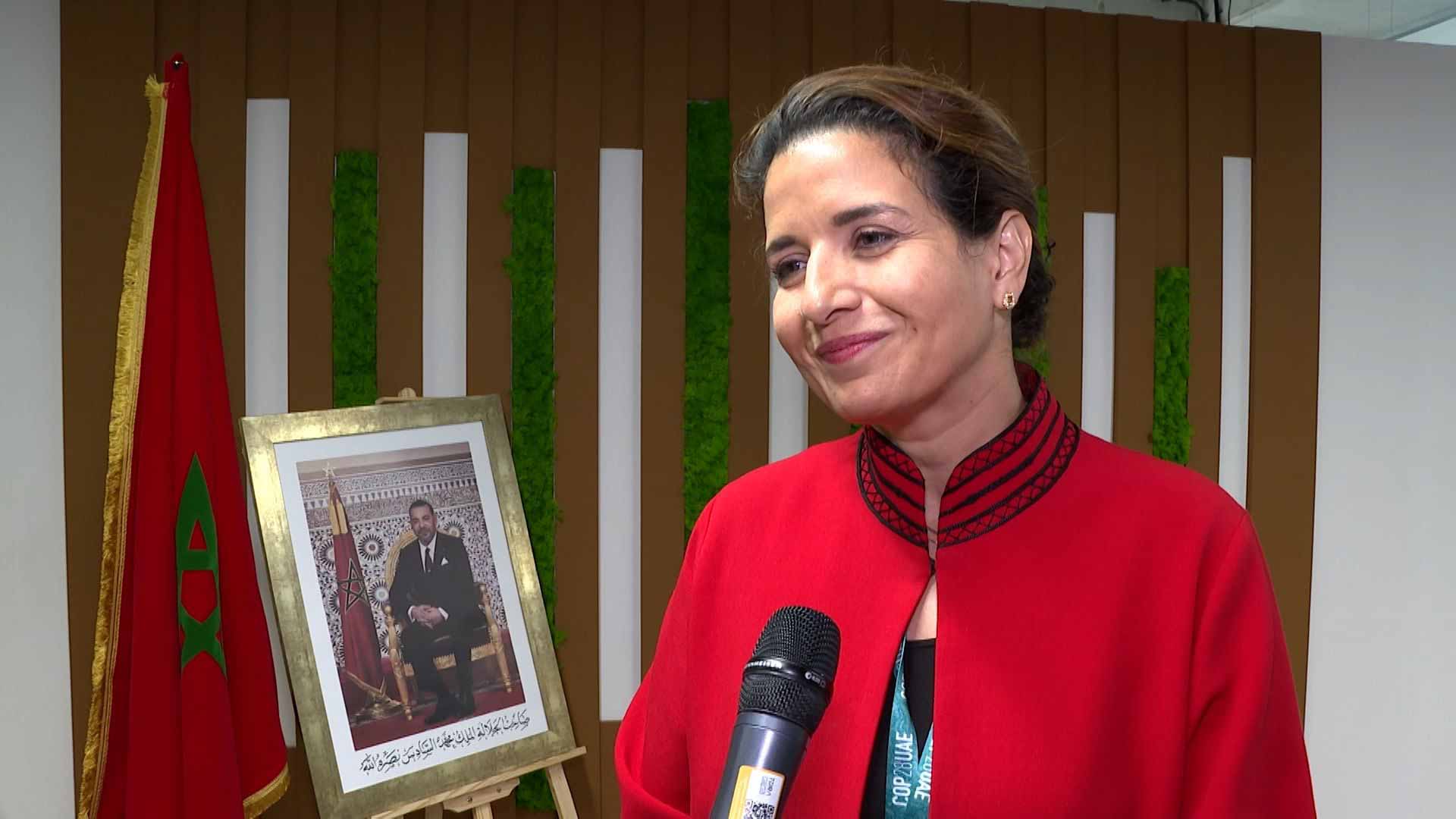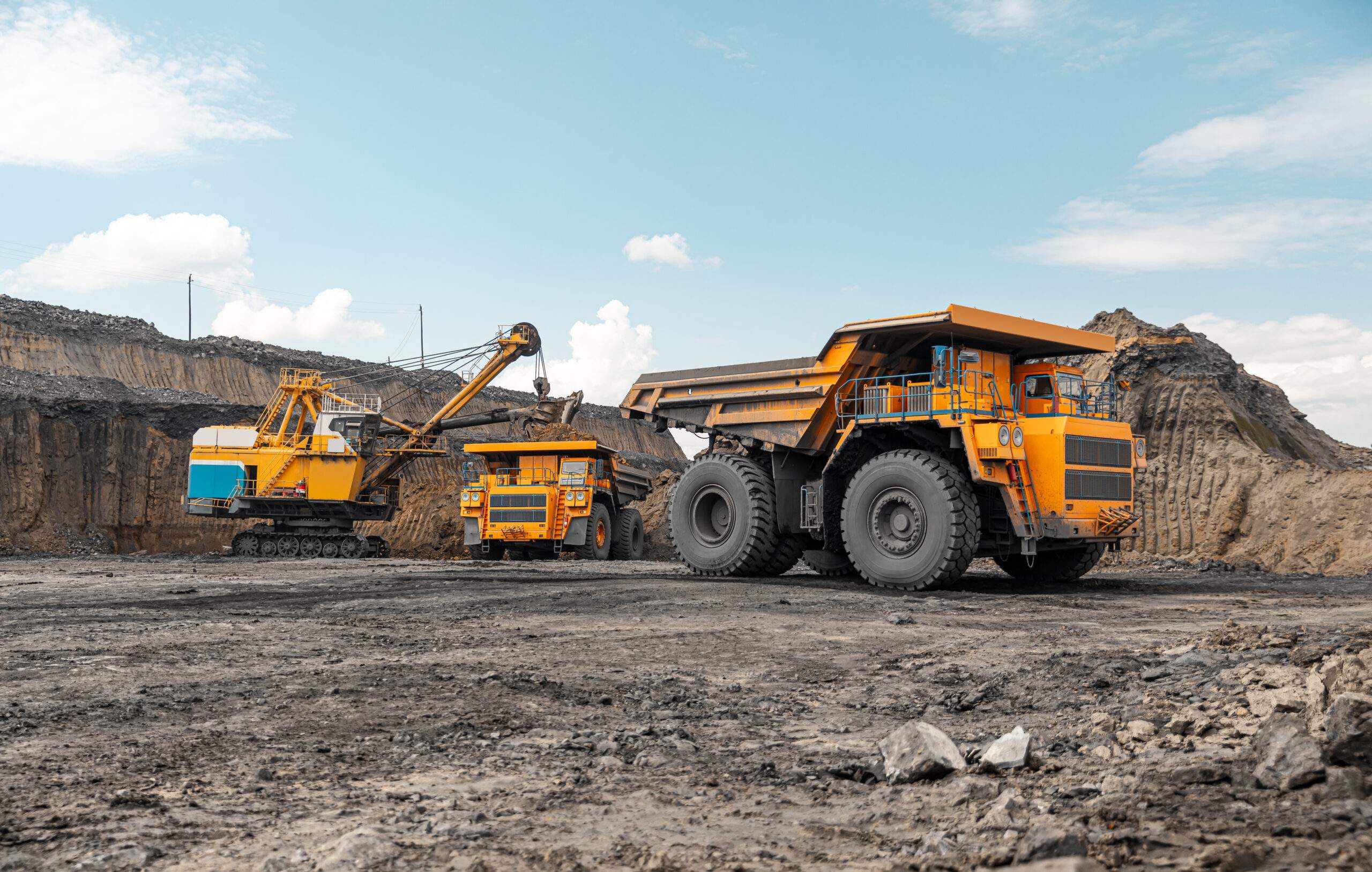Energy
Local News
Projects
Algeria, Angola, Benin, Cameroon, Cape Verde, Comoros, Côte d’Ivoire, Democratic Republic of Congo, Djibouti, Egypt, Equatorial Guinea, Eritrea, Gabon, Gambia, Ghana, Guinea Bissau, Kenya, Liberia, Libya, Madagascar, Mauritania, Morocco, Mozambique, Namibia, Nigeria, Republic of Congo, Sao Tome and Principe, Senegal, Sierra Leone, Somalia, South Africa, Sudan, Tanzania, Togo
Micheal van Wyk
0 Comments
Solar Energy Desalination Plants Increasingly Provide Water For Africa
Clean drinking water is an issue across many countries on the African continent. As renewable energy becomes more available and cheaper, some of this is being used for desalination to quench the thirsty millions. Desalination is moving to the heart of water supply for those countries in Africa with access to the sea or to salt lakes. The expansion of renewable energy sources across the continent will enable desalination without worsening greenhouse gas emissions.
“Surface water resources are becoming scarcer in some parts of Africa. The situation is worsening, while some countries are still trying to ensure basic access to drinking water for their populations,” Afrik21 writes. “According to the United Nations (UN), the proportion of people with safe access to safe drinking water has only increased from 17.9% to 23.7% in sub-Saharan Africa since 2000. Yet water stress is expected to increase further. According to the UN, by 2030, 75 to 250 million people in Africa will be living in areas of high water scarcity. The international organisation also indicates that this phenomenon will probably lead to the displacement of 24 to 700 million people, as living conditions will become increasingly difficult.”
Desalination is a process by which salt water is transformed into fresh water. Desalination plants treat water pumped from the sea or from salt lakes. Most desalination plants in Africa use reverse osmosis, which is based on the principle of salt-water separation using a semi-permeable membrane.
The reverse osmosis system uses pressure to separate the salt from the water, requiring a large amount of electricity. It has been suggested the amount of energy consumed by a desalination plant, which supplies water to 300,000 people, is equivalent to the fuel needed to power a Boeing 747. In most African countries where there is a deficit in electricity, desalination using fossil fuels to generate the required energy is not a viable option. Like all scarce resources, tough decisions will have to be made about the use of energy and of water.
Thirty five African countries have access to the sea: Algeria, Angola, Benin, Cameroon, Cape Verde, Comoros, Côte d’Ivoire, Democratic Republic of Congo, Djibouti, Egypt, Eritrea, Equatorial Guinea, Gabon, Gambia, Ghana, Guinea Bissau, Kenya, Liberia, Libya, Madagascar, Mauritania, Morocco, Mozambique, Namibia, Nigeria, Republic of Congo, Sao Tome and Principe, Senegal, Sierra Leone, Somalia, South Africa, Sudan, Tanzania, Togo, and Tunisia.
According to Vasundhara Barawkar, an analyst at Orbis Research, the desalination market is expected to grow rapidly over the next five years. “Desalination technology has been in use for several decades in the Middle East and Africa,” says Vasundhara Barawkar. “The presence of water-intensive industrial sectors such as metallurgy, agriculture, oil and gas, and chemical manufacturing is expected to increase the need for water in these regions, which should broaden the scope for growth in the desalination market by 2025,” he adds.
Here is some good news on this effort from the resources of Afrik21: There appear to be many projects running in many countries. These range from larger government-backed and internationally financed desalination plants to smaller decentralised private and pilot projects running in Tanzania, South Africa, Morocco, and Namibia.
Afrik21 tells us, “In some hard-to-reach areas, the best way to provide freshwater to people is through small, decentralised systems. For example, many companies and organisations are opting for the deployment of containerised desalination systems powered by solar energy. The small-scale desalination plants are mobile and easy to deploy in rural areas.”
The Spanish company Abengoa is making sure that its Agadir, Morocco, desalination plant is efficient by installing a “system of pressure exchangers that comes from high-pressure filtration, which makes it possible to recover energy and achieve a very positive impact on the cost of energy, which is reduced by about 43% per cubic metre produced.”
The National Electricity and Drinking Water Utility of Morocco will connect the Agadir desalination plant to the Tiznit substation. This transmission line will enable the plant to access electricity from a wind farm further reducing its environmental impact.
Image courtesy of KarmWater
Egypt appears to be the leader in the field.
The Marsa Alam water desalination plant at Red Sea Diving Safari–Marsa Shagra — a complex about 750 km from Cairo — is now operational after two years of construction. Powered by solar, the KarmWater plant, with a capacity of 300 m3 per day, will cover 100% of the water requirements of the Red Sea Diving Safari–Marsa Shagra complex throughout the year. The water produced will be supplied “at a competitive price, 25% below the market standard,” says KarmWater.
“KarmWater designs, builds, and operates solar-powered water desalination plants, made-to-measure, for clients across the country. Leveraging our expertise in solar energy, the solar element of the solution dramatically cuts the operational costs of water desalination plants that are notorious for their high electricity consumption and bills. This makes our water desalination solution a lot more accessible and attractive to potential clients.”
The plant became operational in May of this year. The water produced is expected to be 42% better than water currently being produced from the Red Sea. Not only will it be supplied to guests staying at the resort, but it can also be used to alleviate heat stress on local farms, thus increasing crop yields.
Egypt is aiming for a desalinated water supply increase of 8.85 million m3 per day by 2050. To achieve this, the Sovereign Fund of Egypt (TSFE) has just preselected 14 consortiums and three companies authorised to bid for the coming call for tenders. The investors appear to be global. Currently, Egypt has 70 seawater desalination plants with a combined capacity of 1.3 million m3 per day.
“These seawater desalination plants will be built in several phases. The first phase of the project, which will run until 2025, will provide 3.35 million m3 of desalinated water to the population. This will be followed by the second phase, which will increase the production capacity of all the plants in Egypt to 8.85 million m3. The plants will be powered by renewable energy. The use of clean energy for desalination should make it possible to reduce the carbon footprint of these energy-intensive installations.”
Cheap renewable energy is poised to provide the basics of life for the people of Africa: water both to drink and to grow food, electricity for heating and cooling, and subsequent security.
Featured image courtesy of KarmWater
Share this content:















